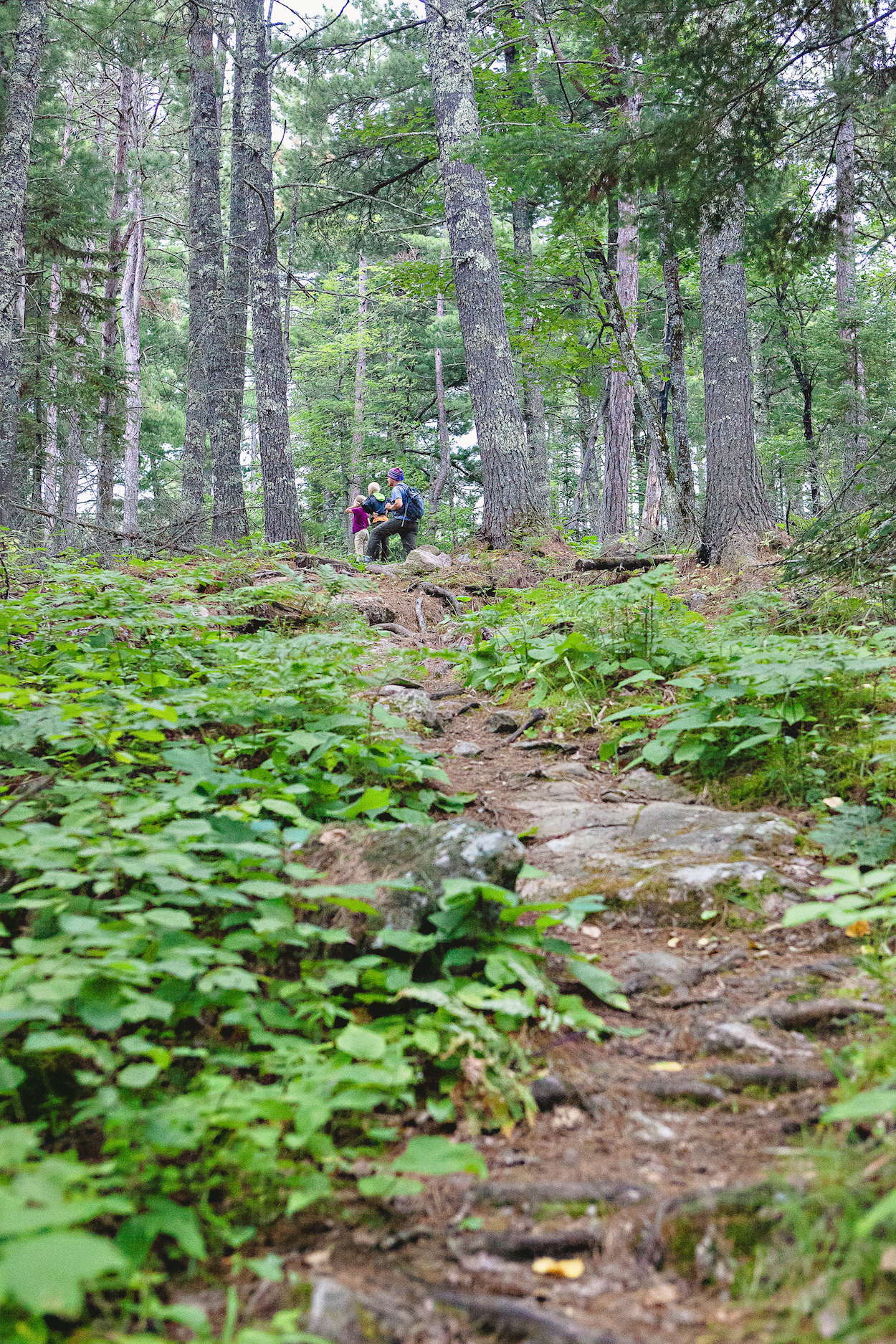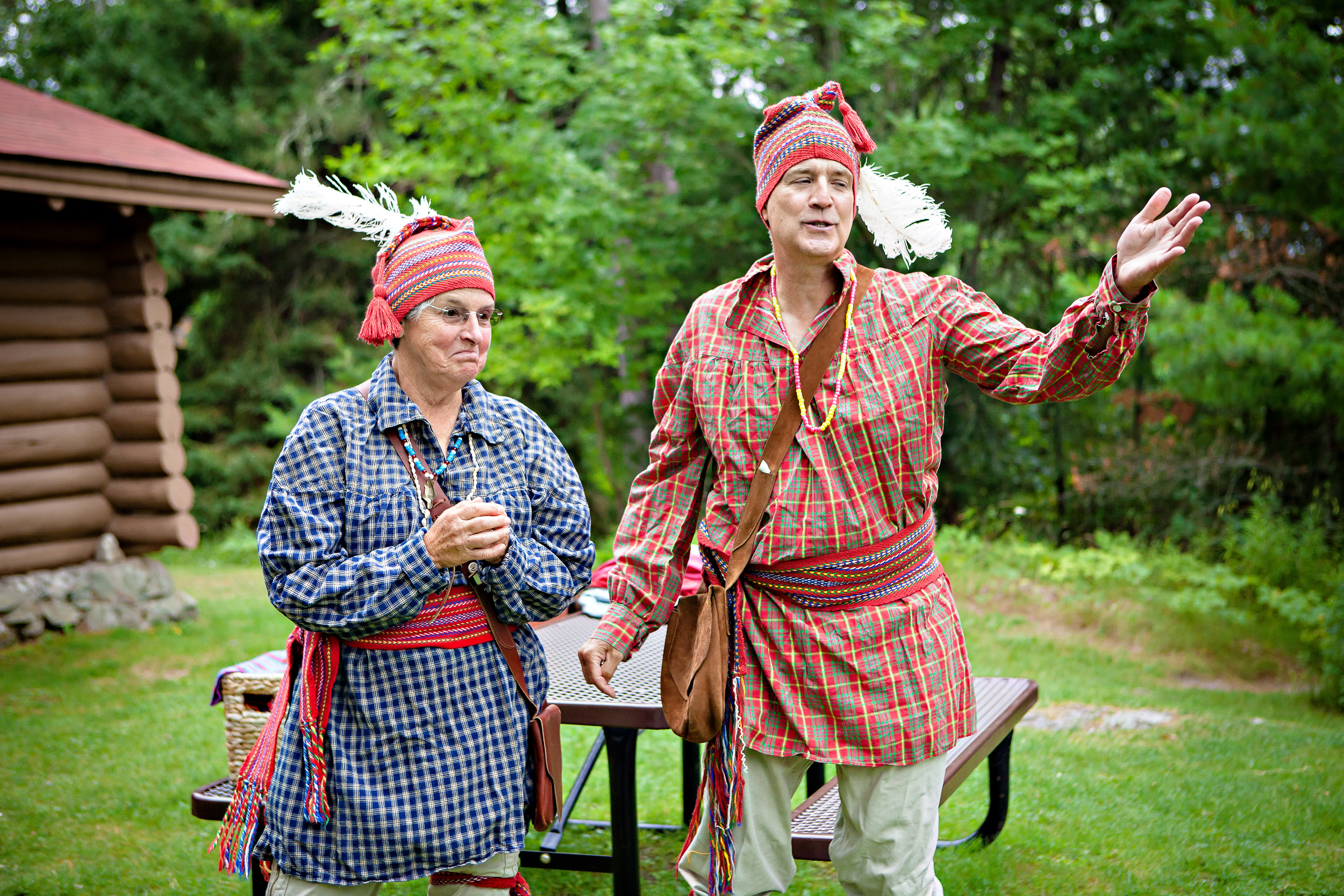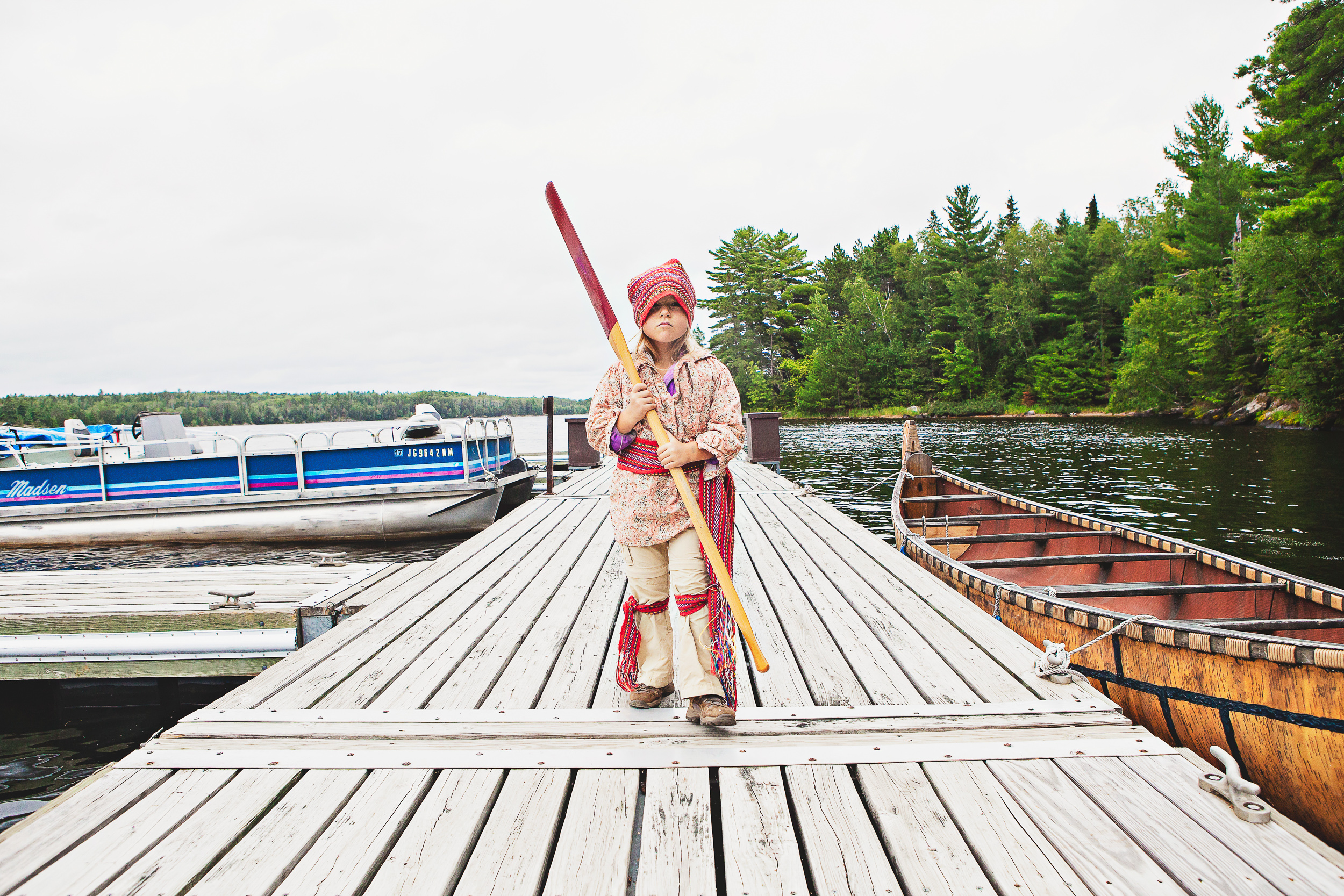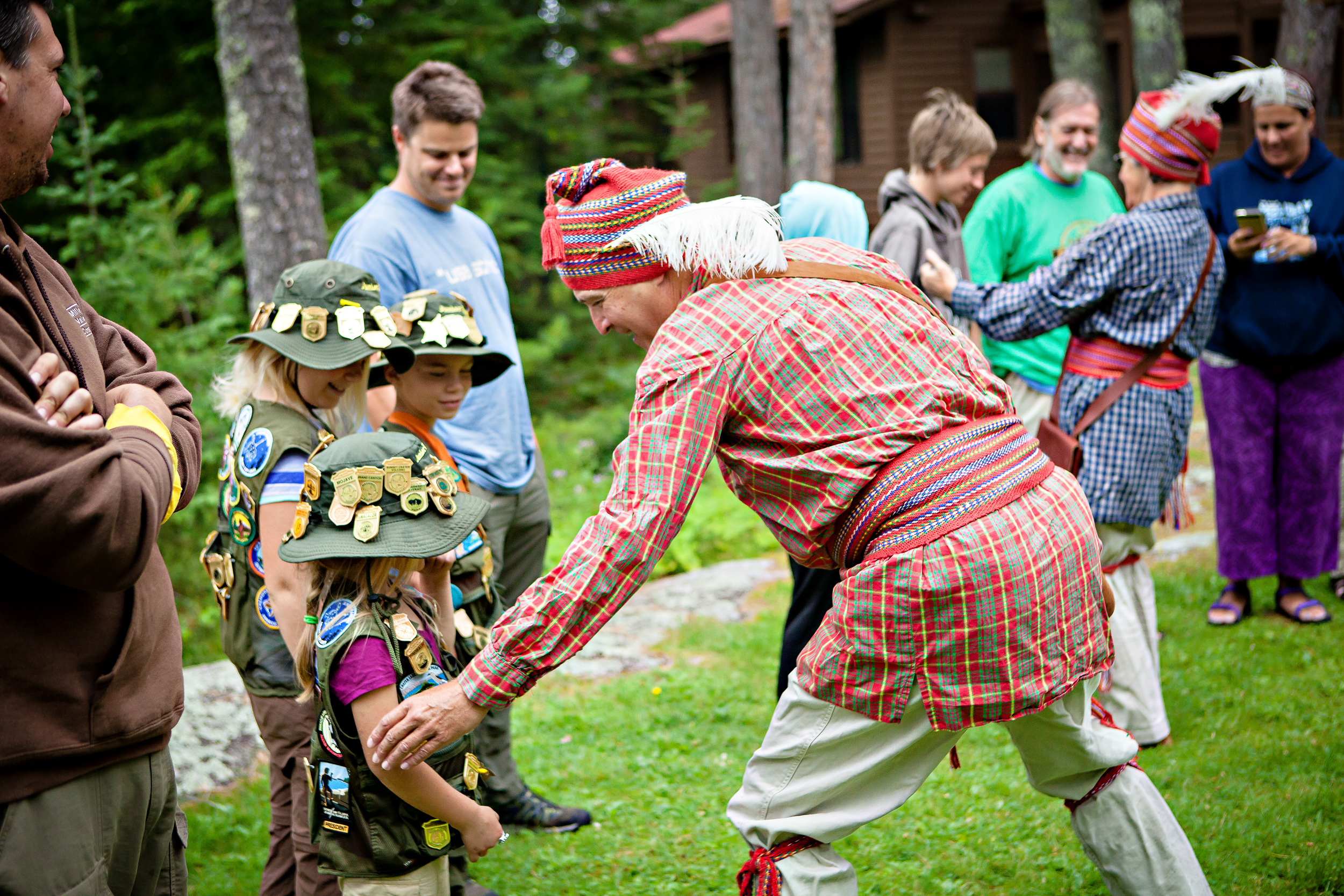My husband and I looked at the map of Minnesota together one night after the kids were in bed. We had a few places picked out to visit and a general route, but we had some extra time and were deciding how to spend it.
"What about this?" I suggested, pointing at Voyageurs National Park. "What is it?" my husband asked. "I don't know, but it's a National Park. We should go."
Despite being so far north that it is practically in Canada, we decided to create a traveling route through Voyageurs National Park anyway. After some research, we found a national park campground that was likely to have cellular coverage so Sam could work. We also located three Visitor Centers in the park. Two were within a reasonable drive of the campground, which would allow us to visit different areas of the 218,000-acre park.

Driving off and adventuring into the unknown is one of our favorite aspects of full-time travel. We often enter a location with little-to-no knowledge of the area, and quickly become immersed in the culture and history. Our time at Voyageurs National Park is a perfect example.
On our first morning, the kids and I drove to the Visitor Center to grab our Jr. Ranger books and work on "school" for the day. As we were working, two men dressed in very odd clothing walked out of the back room carrying large bales on their backs. Completely in character, we were swept up by their enthusiasm and transported back to the age of the Voyageurs, the beaver fur trade, and the large canoes that were paddled in the rivers and great lakes of North America. The kids and I were hooked. We couldn't wait to get back to Sam and tell him everything we had learned that day.

Before leaving the Visitor Center, we signed up for another presentation the following morning. Since it was a reasonable drive, we also planned to hike, take a picnic lunch, and enjoy the day outdoors. The next morning as the program began, we joined a gathering of North West Company recruits and our jobs were explained to us by the more experienced Voyageurs. We learned about our duties, sang paddling songs and dressed in voyager regalia. It was a wonderful experience, and brought the voyagers and their role as transporters of goods in the fur trade to life.
Further exploration and hiking around the area helped us imagine the type of terrain these men would have traversed during their long summer voyages. We later rented canoes from a private vendor and paddled on Lake Kabetogama, pausing on an island to explore and eat wild raspberries and blueberries similar to what they voyageurs may have done.

During the next few weeks, we all read two historical fiction books based on the Voyagers. The first, called The Broken Blade, detailed the life of a boy becoming a Voyageur, including his hardships, struggles and eventual triumph. The second, titled Wintering recalled his second season as a Voyageur and how he became a hivernant in the harsh northern winters helping to trap beaver and trade with the Native Americans. Words like portage, rubbaboo, and pemmican became familiar vocabulary. As we continued our travels, we were able to visit related historical sites including Grand Portage National Monument in Minnesota and Historic Fort Williams in Ontario, Canada. These experiences opened up a section of history that we didn't even know existed. We learned that local elementary school kids in the area all studied the Voyageurs, but growing up in Utah I had never even heard of them.

By spending time in Minnesota and around Lake Superior, our family was able to participate in this piece of history in a magical way. Through our travels and "road schooling," we are able to enjoy learning experiences that bring our world to life. Now, as we hike along many other trails in our travels, passerbys will often hear our kids singing their favorite paddling song at the top of their lungs. "Alouette, gentille alouette, Alouette, je te plumerai." It makes me smile every time.



